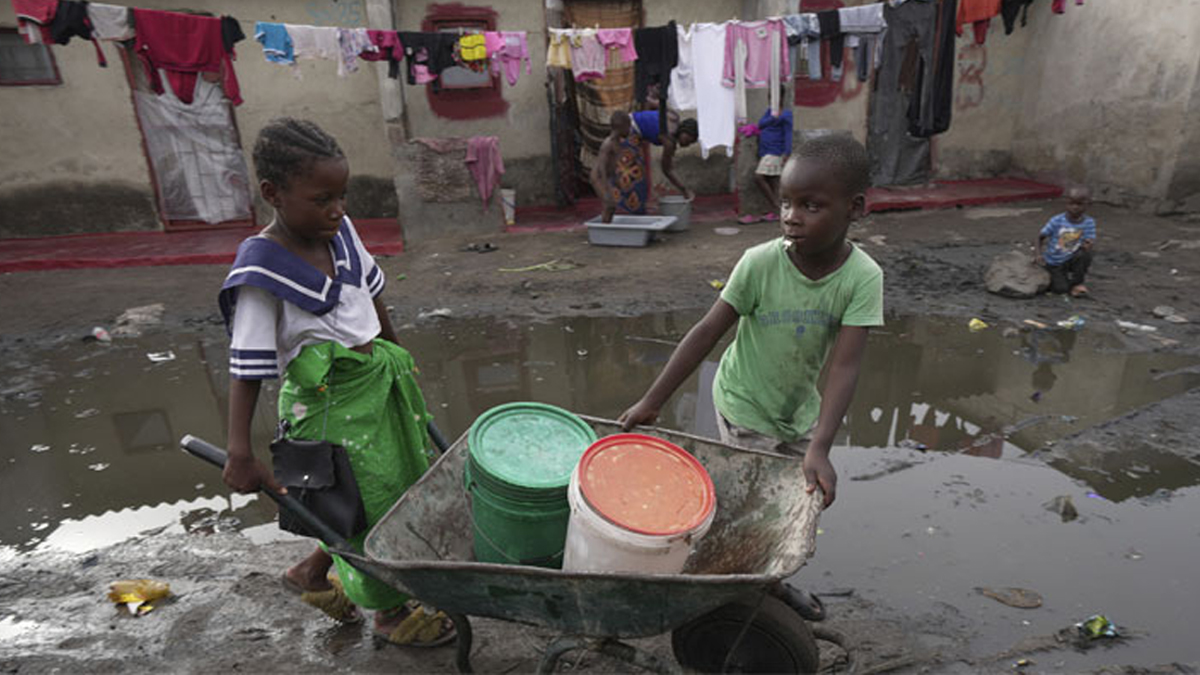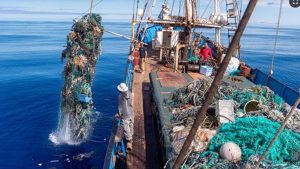
Africa’s cholera crisis worse than ever

In the past three years, Africa has faced relentless extreme weather events including tropical storms, floods, and droughts, which have caused widespread crises of hunger and displacement. These natural disasters have also left behind another deadly threat: some of the continent’s worst outbreaks of cholera.
Since late 2021, southern and East Africa have reported more than 6,000 deaths and nearly 350,000 cases of cholera. Malawi and Zambia have experienced their worst outbreaks on record, while Zimbabwe has faced multiple waves. Mozambique, Kenya, Ethiopia, and Somalia have also been severely affected.
All these countries have experienced either floods or drought—or in some cases, both. Health authorities, scientists, and aid agencies point to the unprecedented surge in cholera cases as the latest example of how extreme weather events are driving disease outbreaks.
“The outbreaks are getting much larger because the extreme climate events are getting much more common,” said Tulio de Oliveira, a South Africa-based scientist specializing in diseases in the developing world.
De Oliveira, who led a team that identified new coronavirus variants during the COVID-19 pandemic, explained that southern Africa’s latest cholera outbreaks can be traced back to the cyclones and floods that struck Malawi in late 2021 and early 2022. These events carried the cholera bacteria to areas it typically doesn’t reach.
In Zimbabwe and Zambia, severe droughts have forced people to rely on less safe water sources such as boreholes, shallow wells, and rivers, which are often contaminated. Following the deadly floods in Kenya and other parts of East Africa this month, cholera cases quickly emerged.
The ongoing extreme weather conditions and their impact on water sources underscore the urgent need for improved water and sanitation infrastructure in the affected regions to prevent further outbreaks and save lives.












Comments